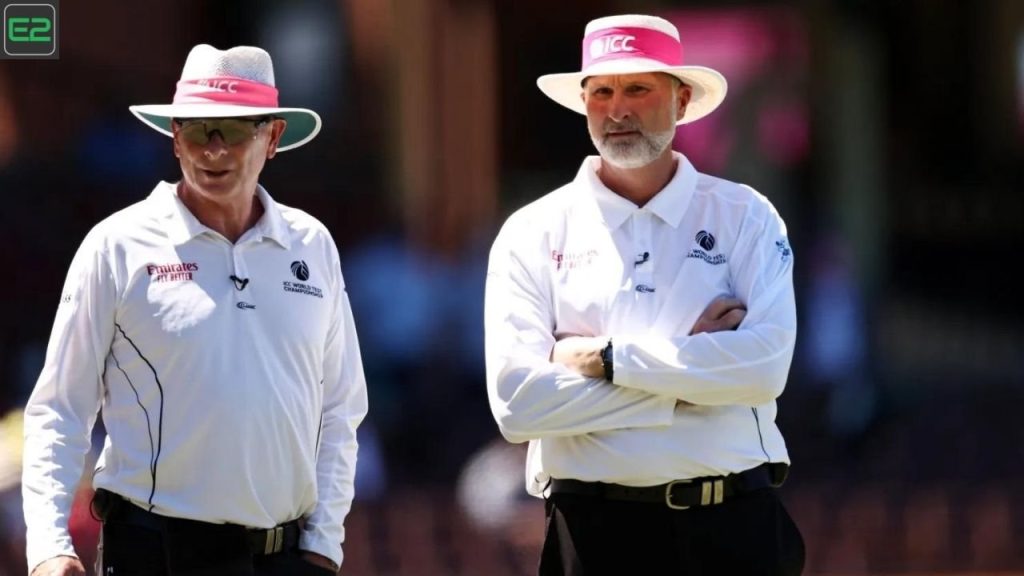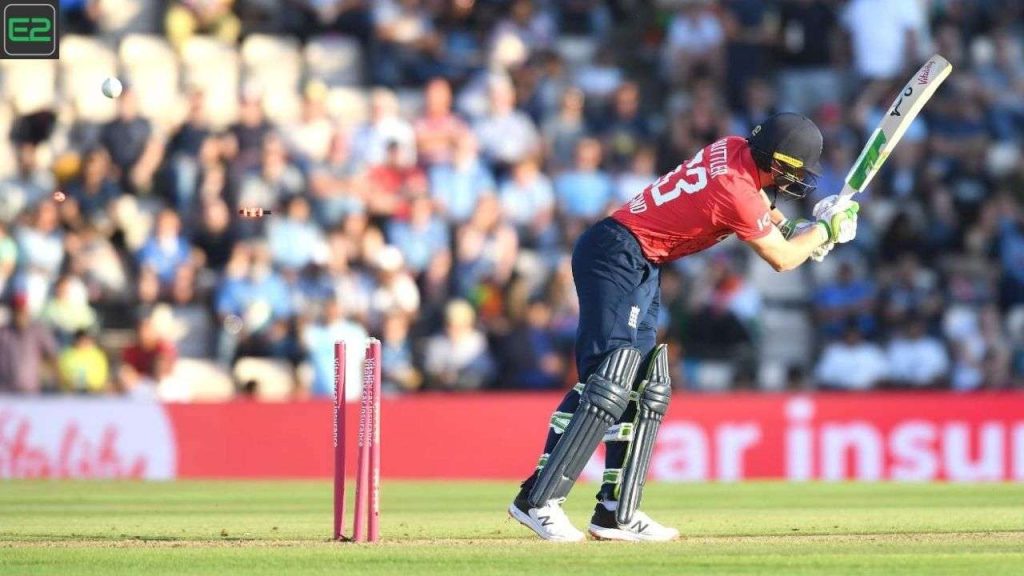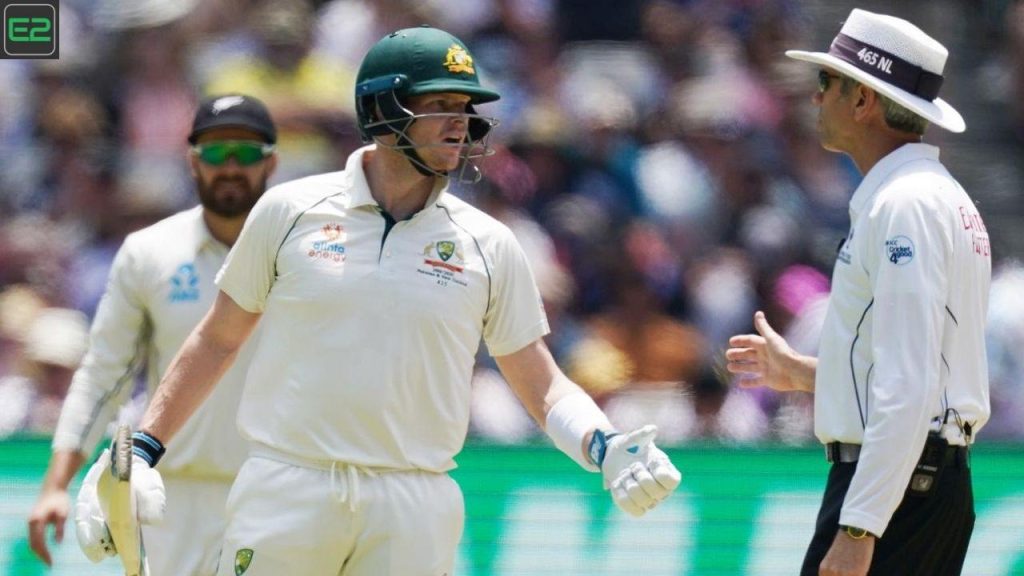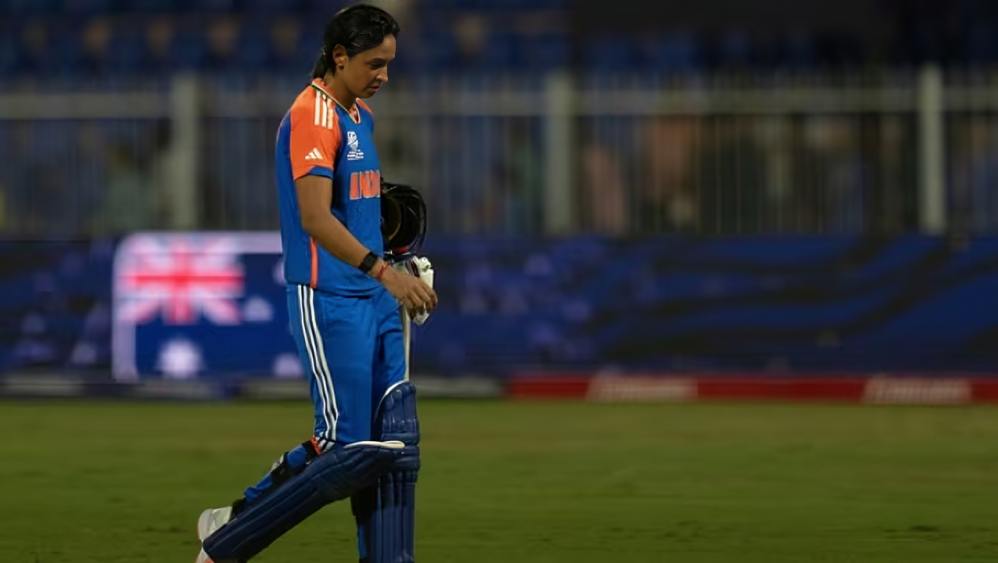Why Do Cricketers Change Ends?: In cricket, the practice of changing ends is a fundamental aspect of the game, yet it often raises questions among fans and newcomers alike. Why do players switch positions on the field, and what purpose does it serve? Understanding this practice requires delving into the dynamics of the game, the roles of the players, and the impact on strategy and performance.
Why Do Cricketers Change Ends?
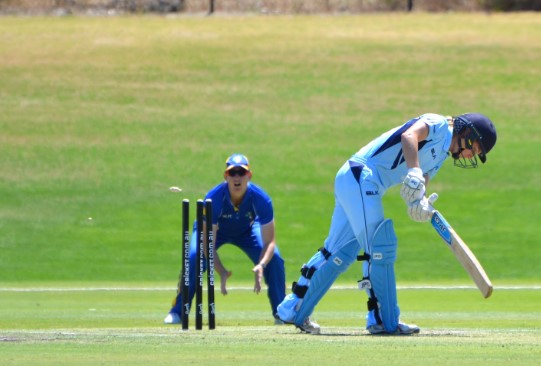
The Basics of Changing Ends
Why Do Cricketers Change Ends?: In a standard cricket match, the bowler delivers the ball from one end of the pitch to the batsman at the opposite end. Once six legal deliveries (an “over”) have been bowled, the bowler must switch ends. This means that the bowler will now bowl from the opposite side of the pitch, and the batsman will also switch places with his partner. This change of ends is not merely a routine but serves several important purposes.
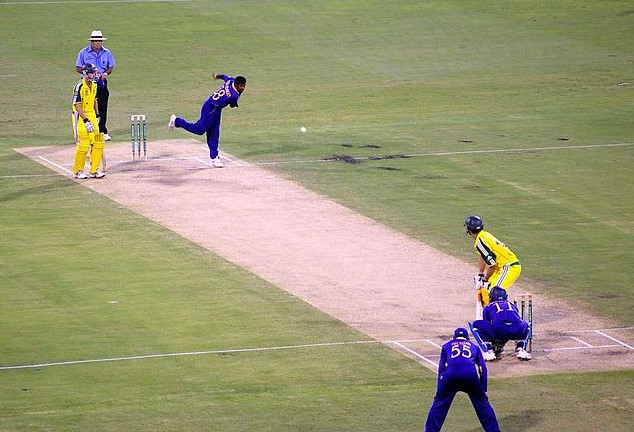
Why Do Cricketers Change Ends?: One of the primary reasons for changing ends is to ensure fairness in play. The conditions on a cricket field can vary significantly from one end to another. Factors such as the nature of the pitch, the direction of the wind, and the position of the sun can all influence how the ball behaves. By changing ends, bowlers are given the opportunity to adapt to these varying conditions, which can level the playing field and prevent one side from having an undue advantage throughout the innings.
Bowlers often have specific strengths and weaknesses
Changing ends also plays a crucial role in strategy. Bowlers often have specific strengths and weaknesses depending on the end from which they are bowling. For example, a fast bowler might find that bowling from one end allows for more swing or seam movement due to prevailing wind conditions. By switching ends, captains and bowlers can exploit these nuances to create more challenging conditions for the batsman.

Furthermore, batsmen also benefit from this practice. Changing ends allows them to face different bowlers under varying conditions, which can help them adjust their techniques and strategies as the game progresses. This aspect is particularly significant in longer formats of the game, such as Test cricket, where adaptability and resilience are key to success.
Maintaining Flow and Momentum
Another important reason for changing ends is to maintain the flow of the game. Cricket can often be a battle of attrition, with bowlers trying to wear down batsmen and vice versa. By changing ends after every over, the game retains a dynamic pace, preventing any one bowler or batsman from dominating for too long. This rotation keeps both sides engaged and ensures that the contest remains lively and unpredictable.

Impact of Fielding Positions
The change of ends also affects fielding positions. Certain field placements are more effective from one end than another. For instance, a bowler might require specific fielders in particular positions to counter a batsman’s tendencies. By changing ends, teams can adjust their fielding strategy, providing better support to bowlers as they try to take wickets or limit runs.
Finally, there are psychological elements to consider. Bowlers often face pressure when they are consistently bowling from one end, especially if they are struggling to take wickets or contain runs. Switching ends can provide a mental reset, allowing bowlers to refocus and come back with renewed determination. Likewise, batsmen can also benefit from a change in perspective, as it allows them to reassess their approach to the game.
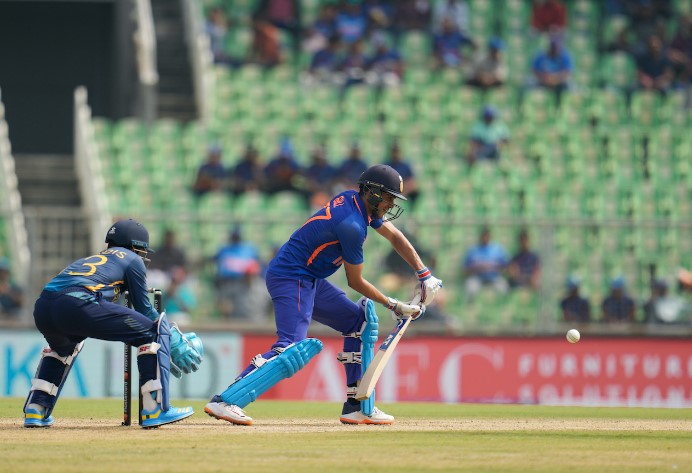
In summary, the practice of changing ends in cricket is far more than a simple routine. It is a vital component of the game that promotes fairness, strategy, and adaptability. By understanding the various reasons behind this practice, fans and players alike can gain a deeper appreciation for the complexities and nuances of cricket. Whether it’s adjusting to the conditions, maintaining the flow of the game, or playing mind games, changing ends is an integral part of what makes cricket not just a sport, but a captivating contest of skill and strategy.
You will have fun playing exciting games on here: E2Bet
Here Are Some Helpful Tips:





